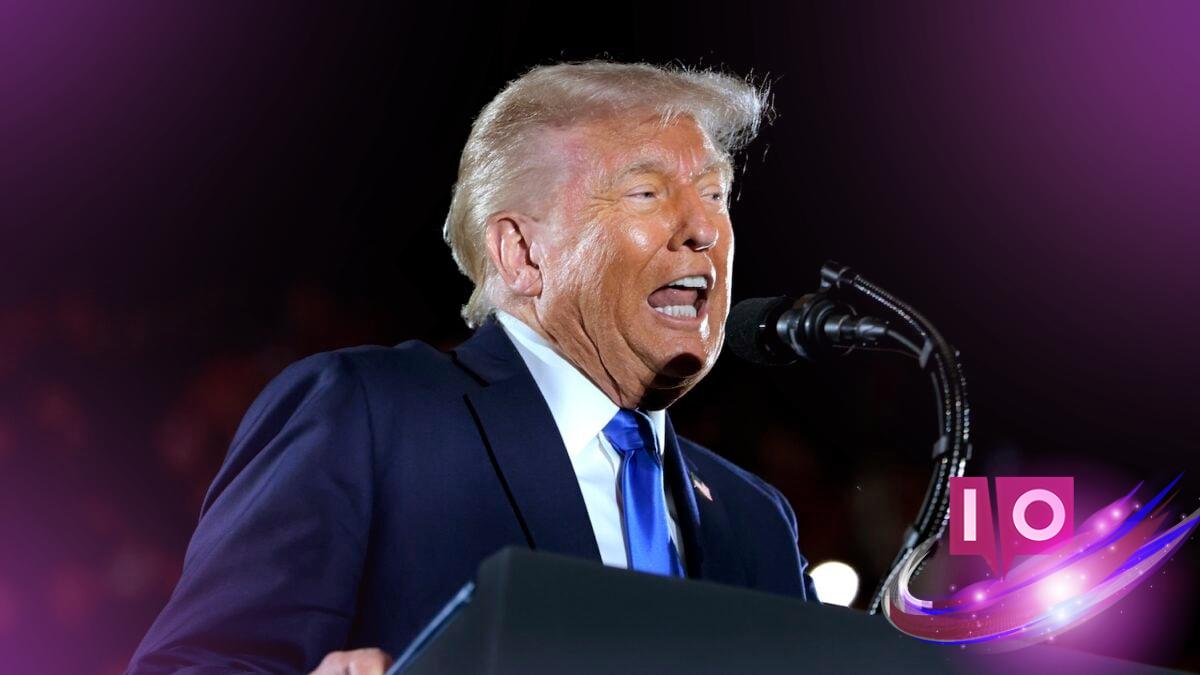In a significant escalation of international trade tensions, President Trump recently imposed a 30% tariff on goods imported from the European Union, creating further strains over the future of digital governance. This announcement coincided with new regulations that the EU is pursuing, particularly focusing on artificial intelligence (AI), a sector experiencing rapid growth.
At the heart of this dispute is the EU’s recently introduced “Code of Practice” for AI, which offers voluntary guidelines aimed at enhancing public safety in AI applications. Although these guidelines aren’t mandatory, failing to comply by the August 2 deadline could lead to heightened regulatory scrutiny for non-signing companies. OpenAI has already indicated its willingness to adhere to these guidelines, while tech lobby organization CCIA, representing major players like Google and Meta, has voiced strong objections.
Trump’s administration has taken a confrontational stance regarding the EU’s initiatives. The President has criticized the EU’s hefty penalties as what he terms “overseas extortion.” Treasury Secretary Scott Bessent has further described these fines as covert tariffs undermining U.S. companies.
This sentiment resonates throughout Silicon Valley. In January, Meta’s CEO Mark Zuckerberg highlighted plans to collaborate with the Trump administration in opposing governmental actions globally that target U.S. firms, particularly European regulators. This antagonism has stalled trade negotiations, with Trump’s representatives asserting that discussions have faltered due to the EU’s insistence on maintaining its substantial penalties against American tech giants.
What Fines Has the EU Imposed on Tech Giants?
The EU’s 2022 Digital Markets Act (DMA), a groundbreaking antitrust regulation, categorizes giants like Apple, Google, Amazon, and Meta as “gatekeepers.” This classification results in significant fines and requires operational adjustments within the EU. Recently, Meta faced a staggering fine exceeding $200 million (approximately €185 million) for violating the DMA with its “pay-or-consent” model. In a recent report by Reuters, Meta has reaffirmed its decision to contest these findings, hinting at potential for further penalties.
Will the EU Compromise or Stand Firm?
In response to Trump’s tariffs, the EU appears determined to safeguard its regulatory sovereignty. Earlier, Henna Virkkunen, the European Commission’s tech leader, stated unequivocally that the EU’s standards for digital competition and AI are non-negotiable.
Yet, the EU has shown signs of flexibility, recently removing plans for a digital services tax from its projected budget, a concession seemingly in favor of the Trump administration.
Now, the pressing question is whether these tariffs will provoke even stronger retaliatory actions. EU President Ursula von der Leyen has openly acknowledged that countermeasures against Big Tech could be forthcoming if dialogue fails. Although the EU has postponed a set of retaliatory measures, French President Emmanuel Macron has signaled that the EU’s formidable anti-coercion instrument could come into play if an agreement isn’t reached by August 1.
Along with the President of the European Commission, France shares the same very strong disapproval at the announcement of horizontal 30% tariffs on EU exports to the United States from August 1st.
This announcement comes after weeks of intense engagement by the Commission in…
— Emmanuel Macron (@EmmanuelMacron) July 12, 2025
The Bigger Picture of Trade Relations
Considered the “bazooka” in the EU’s trade toolkit, the anti-coercion instrument allows the EU to impose restrictions on services from countries engaging in economic coercion. If deemed applicable, American digital service giants like Apple, Google, and Meta could find themselves significantly impacted.
Ultimately, both factions aim to protect their respective interests. The Trump administration is keen on fortifying American supremacy in the global tech landscape, while the EU is steadfast in asserting its regulatory autonomy over digital platforms. As negotiations continue, these deliberations will shape the future of tech governance, impacting not just companies caught in the crossfire but setting foundational rules for digital sovereignty in the years to come.
For those navigating this tumultuous landscape, it’s clear that the battle for digital sovereignty is intensifying, with the forthcoming regulations likely to be forged as much in Brussels as in Washington.
What are the implications of tariffs on the tech industry? The ramifications could include increased costs for consumers, shifts in operational strategies for companies, and potential innovation slowdowns as firms adjust to stricter regulatory landscapes.
How are U.S. tech companies responding to EU regulations? Many are lobbying against overreaching rules, striving to find common ground while ensuring their operational models are not jeopardized.
Will the EU and U.S. find a middle ground? It remains uncertain, as both sides seem committed to their principles, but concessions may emerge as negotiations continue.
What happens if the EU uses its anti-coercion powers? Should the EU activate these measures, American companies could face significant disruptions, potentially affecting global operations.
Many readers might ask if these challenges will ultimately hinder innovation in tech. While they could create short-term hurdles, the long-term outcome will depend on how well companies can adapt to evolving compliance demands.
As you explore this evolving narrative around digital sovereignty and international trade, consider visiting Moyens I/O for more insights into how these dynamic changes might shape our digital future.
